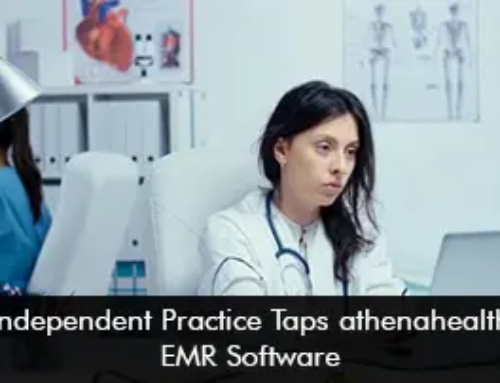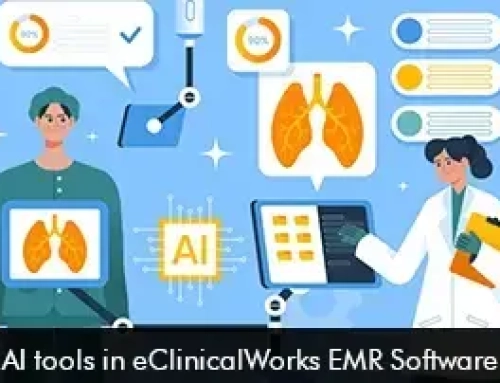2021 is almost wrapping up, and healthcare has faced many challenges and innovations as the whole world continues to adjust to the COVID-19 pandemic. Healthcare scientists have been occupied to study new emerging variants and quickly rolling out vaccines and establishing the vaccine equity distribution for people living in developing countries. Healthcare providers have been quick to use virtual care solutions to offer effective remote care options for patients. The healthcare sector has been flexible enough to embrace digital solutions to improve patient care.
Healthcare experts have identified the 5 healthcare technology trends that will shape 2022 for the better and keep clinicians informed and empowered to make the right decisions. It has been a tough year, but the bright side is that healthcare organizations have deployed digital solutions at a high rate and the hybrid work models are actually working well.
Top 5 Healthcare Trends for 2022
- Telemedicine becomes a permanent healthcare solution – Telemedicine EMR Software system adoption rates accelerated since the inception of the pandemic. Both healthcare providers and patients see telehealth as an effective platform to receive diagnosis and treatment from the comfort of their homes. In 2022 telemedicine solutions will stay at the forefront of the healthcare sector for different medical specialties such as urgent care, mental health, pediatrics, and primary care. The virtual care model has improved access to care and has provided an opportunity for everyone to receive prompt treatment. Telemedicine is expected to become even more intuitive in design to encourage patients to benefit from this robust platform.
- Healthcare data is the backbone to offer the best care – Healthcare data is gold which can unlock valuable insights so healthcare providers and professionals can make confident decisions. Machine learning techniques such as Natural Language Processing (NLP) and text mining can support healthcare organizations to offer important insights that are concealed in unstructured clinical data. By enhancing data capture better care can be delivered to everyone.
- Hospitals will leverage the power of Artificial Intelligence (AI) – In the coming year, healthcare organizations will use the power of AI to look at the effectiveness of infection prevention and control (IP&C) programs. This will help to identify the risk of infection promptly. This way clinicians will be in a better position to intervene with the right prevention strategies and hence enhance patient outcome levels.
- Online learning for nursing education – Virtual simulation and online learning will become common in 2022 for nursing students and faculty. Virtual simulation helps to reduce the barriers to education and is seen very flexible and effective way to provide online learning. Students can benefit from enhanced clinical reasoning and knowledge retention with virtual simulation. Nurses will be better informed to tackle any challenges once they start working which will benefit patient populations at large.
- Automation – Bloomberg reports that 16% of hospitals in the US are facing the issue of staff shortages. Staff shortages are for nurses, healthcare providers, healthcare professionals, and even front-desk staff members at the hospital. To make sure that patients can continue to receive care many manual tasks have been automated. These include digital assistants and apps. Clinical work can also be automated, for example, the patient can tell their health symptoms to a chatbot. The use of Patient Scheduling EMR Software has made it possible for patients to conveniently book appointments online without having to call the hospital receptionist. Automation can also streamline tedious administrative tasks to improve productivity.
The Future of Healthcare
Digital technologies and data have transformed healthcare and will continue to be a driving force to improve patient care and help providers with evidence-based decision-making to empower them to deliver high-quality care. Technology is helping hospitals to streamline their workflows and continue to operate competitively.








